Melbourne is growing so rapidly it’s on track to be the same size as New York City
A major Australian city is growing so rapidly its population will soon be on par with New York City – and it’s not going to cope.
Lifestyle
Don't miss out on the headlines from Lifestyle. Followed categories will be added to My News.
Melbourne is growing at such a rapid pace that the Victorian capital is on par to have a similar population to New York City in the distant future.
Last week, business leaders and politicians gathered at a symposium to discuss how to prepare for more than nine million people calling the city home by 2050.
But experts say Melbourne is struggling to cope right now with a mammoth increase to its resident base over recent years, leaving doubts about how it will manage the millions more coming.
“The huge challenges of population growth aren’t in the distance,” Bob Birrell, president of the Australian Population Research Institute, said. “They are here with us.”
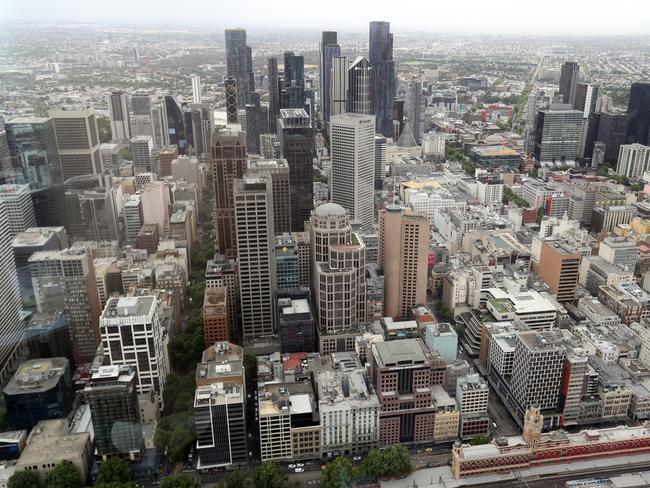
MORE: Where the population has boomed most and why
More congestion, a greater strain on infrastructure, higher demand for housing, an increase in cost-of-living and a decline in liveability are all on the cards, Dr Birrell warned.
The nation’s capital cities grew by a combined 427,800 people in the 2024 financial year, according to the latest Australian Bureau of Statistics data, marking a 2.4 per cent increase.
Melbourne led the charge, adding 142,600 people to its population in just 12 months, following by Sydney at 107,500 people.
Net overseas migration accounted for the overwhelming majority of growth.
MORE: Huge prediction for Aussie house prices
While economists largely welcome Australia’s booming population, which contributes strongly to the country’s fiscal stability, it comes at a cost.
Professor Mark Crosby from Monash University’s Business School said the projections “don’t excite me” because of how Melbourne has managed growth over the past 15 or so years.
“Badly,” Professor Crosby summarised.
“The population was four million at the 2011 Census and now, depending on the estimate, it’s about 5.2 million to 5.4 million. The last million or so people, we’ve really struggled to deliver all the things a city needs.”
As a result, it’s fair to say Melbourne isn’t well-placed to manage the growth of the future, he said.
“Unless they can address the issues, I think nine million people will make it a pretty hectic place to live, if you ask me.”
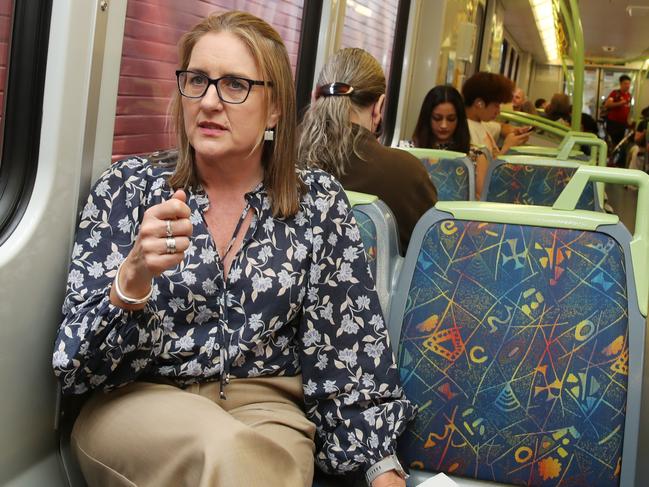
The number of migrants aside, a major challenge is that 80 per cent of new arrivals settle in Greater Melbourne, putting intense strain on housing and infrastructure.
“A rapidly growing population requires a huge infrastructure build,” Dr Birrell said. “Unfortunately, Victoria doesn’t have a great track record when it comes to infrastructure.”
The state is already facing an uphill battle in delivering the needs of Melburnians today, spending hundreds of billions of dollars on crucial projects.
Some of them are either delayed or over budget – or both.
“The current government’s signature policy, the Big Build, depends entirely on debt and it now has a very, very serious problem with what it owes,” Dr Birrell said.
The state is forking out about $26 million a day in interest repayments on a staggering $188 billion worth of debt.
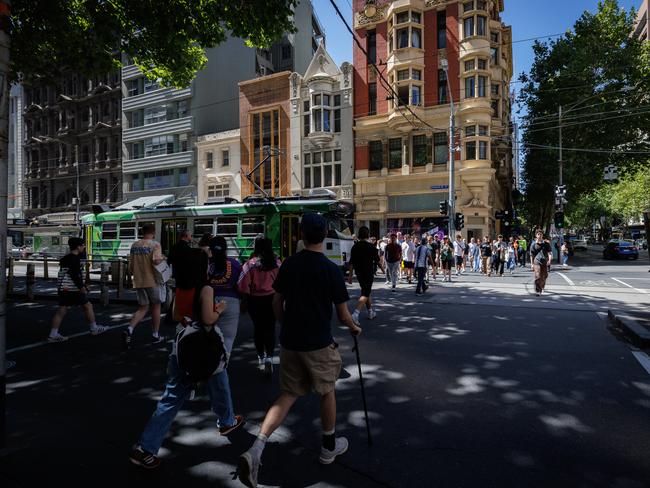
Infrastructure is just one of the challenges, as significant as it is, with the other equally significant concern being housing, Dr Birrell said.
“The building industry can’t provide enough housing, let alone affordable housing,” he said.
“The main driver of demand for housing is immigration. I don’t see any meaningful improvement on the horizon, especially with the extent of population growth that’s projected.
“The only outcome is that home prices remain high and young people continue to be priced out – or they take on enormous mortgages that account for 40 per cent or more of their salaries.”
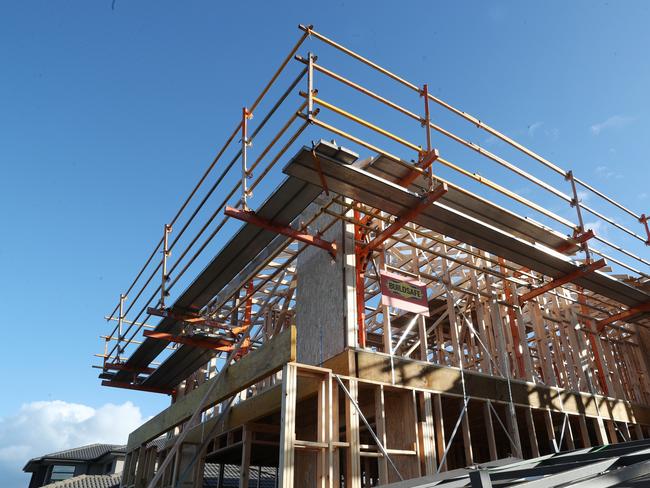
Tim Lawless, executive research director at Cotality, formerly CoreLogic, with a high likelihood of “significant affordability challenges”.
“We’ve seen historically that when you simply pull the population growth lever, and pull it quite hard, it just forces prices higher if you don’t have a supply response alongside it,” Mr Lawless said.
And there isn’t an adequate supply response, as much as governments have focused their efforts on stimulating home-building over recent years.
“The challenge is Melbourne has a lot of big infrastructure projects underway that use the same type of labour and materials as [housing construction],” he said.
“We’re also not seeing any material improvement in feasibility for private sector housing builders either. We’ve seen construction costs increase by more than 30 per cent over the past five years, and even though the rate of growth has slowed, it’s hard to see costs going backwards.”
Over the next decade, it will be “really hard” to get sufficient supply into the market, Mr Lawless said.
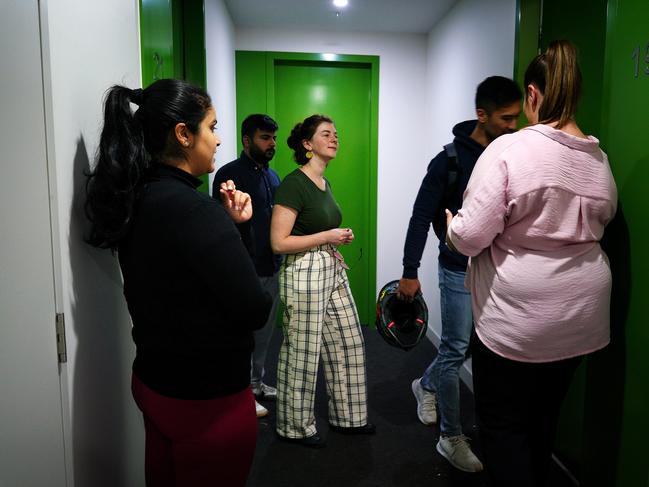
A flight for housing affordability fuels urban sprawl and the more Melbourne sprawls, the more infrastructure that’s needed, Professor Crosby said.
“All the new fringe suburbs in Melbourne tend not to be very well-planned in terms of public transport. It’s definitely a big issue.”
One way of coping with population growth is to prioritise density as well as infill development in inner and middle-ring suburbs.
The fact you can find a house on a 500 square metre block within a few kilometres of the CBD – provided your budget is big enough – shows the need for a focus on infill development.
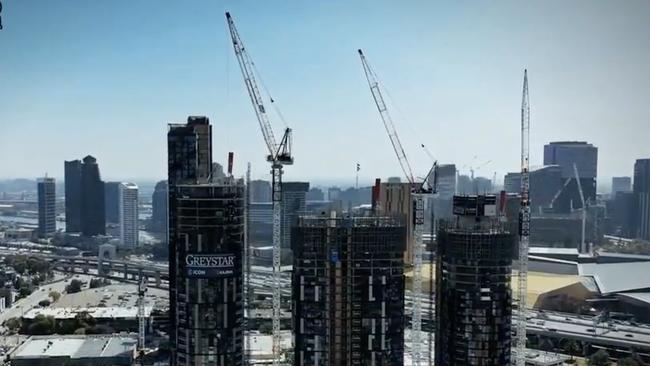
Dr Birrell said the response to the current housing crisis has led to “draconian” measures.
In February, Premier Jacinta Allan delivered an ultimatum to councils to allow more dwellings to be built – a projected 2.24 million across Greater Melbourne by 2051 – or face the consequences.
“It’s simple – work with us to unlock space for more homes or we’ll do it for you,” Ms Allan said. “We’re in a housing crisis and the status quo is not an option. It’s time to shake things up.”
Councils now have until late 2026 to overhaul their planning processes to make it easier and quicker to develop housing stock at scale in their local areas. If they don’t, the State Government will strip them of their planning powers.

But overhauling planning systems is just one element of required change, Mr Lawless said.
“It’s really about the actual mechanisms of delivering supply now,” he said.
“The costs associated with building simply don’t stack up. There’s a real disconnect. There are more immediate ways government could improve supply, like taxation reform. Taxes add about $50,000 to the cost of a dwelling, for example.”
An infrastructure contribution fund, covering early stage costs for developers and builders, is another, he said.
There’s also an opportunity to explore ways of enticing people to consider alternatives to Melbourne and Sydney, which would support the growth ambitions of secondary capitals and smaller cities, Professor Crosby said.
“Can we get immigrants to go to other cities or smaller regional cities? What can we do to facilitate that? I think those are important questions to consider.”
At last week’s growth symposium, Melbourne Lord Mayor Nicholas Reece asked those gathered: “What should Melbourne be like in 2050?”
For his part, Mr Lawless said he remains an optimist.
“I would like to think by then we’ve seen some significant improvements across residential construction. I hope we’ve learned our lessons the hard way from history that we need infrastructure and housing supply policies that run hand-in-hand with population growth.
“But I’ll also conclude by saying that if history is anything to go by, Australian cities do tend to have a nasty habit of not building enough to cater for rapid population growth. Hopefully history doesn’t repeat.”
Originally published as Melbourne is growing so rapidly it’s on track to be the same size as New York City





